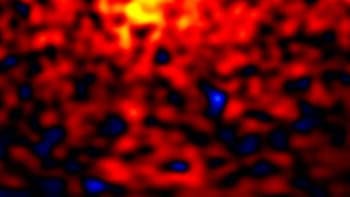Mission controllers at NASA are listening out for any sign of life from the agency’s CONTOUR spacecraft. Launched in July, the mission was supposed to visit two comets that could provide space scientists with important information about how the solar system evolved. But the spacecraft fell silent after it fired its onboard rocket motor last week, and images from ground-based telescopes indicate that it has split into at least two pieces.
The $159m CONTOUR spacecraft was due to encounter comet Encke in November 2003, taking high-resolution images of the comet and analysing its chemical make up. It was then supposed to visit comet Schwassmann-Wachmann 3 in June 2006, a potentially rich scientific rendezvous since this comet recently broke up into several pieces, exposing fresh material from its interior. However, it now looks likely that the CONTOUR mission will fail.
In order to place itself on the correct trajectory to meet up with its targets, CONTOUR fired its rocket last Thursday, 15 August. NASA’s Deep Space Network should have picked up a signal from the spacecraft some 45 minutes after the rocket firing, but no signal was received. Instead, since Friday mission operators at the Johns Hopkins University Applied Physics Laboratory (APL) and navigators at NASA’s Jet Propulsion Laboratory have received images from several observatories showing two objects travelling along CONTOUR’s predicted path. They believe that CONTOUR — currently more than 2 million kilometres from Earth — must have broken apart when it fired its rocket.
There is, however, a slim chance that CONTOUR survived its split largely intact because mission operators have been unable to discern the size of the spacecraft chunks from the telescope images. Such a hope would be vindicated by a signal the spacecraft was programmed to send 96 hours after it received its last command. That time has now elapsed, but operators will continue to listen for the rest of the week because the putative signal would last for 60 hours, being transmitted in ten hour chunks from antennas on different sides of the spacecraft.
“It may be difficult to hear anything because, depending on the spacecraft’s position and condition, the antennas might not have a direct line of sight toward Earth,” says CONTOUR mission operations manager Mark Holdridge. “But we’ll be listening.”
Mission director Robert Farquhar of APL says that if controllers receive no signals from the spacecraft this week, they will listen out again in December when the antennas are oriented more favourably.



